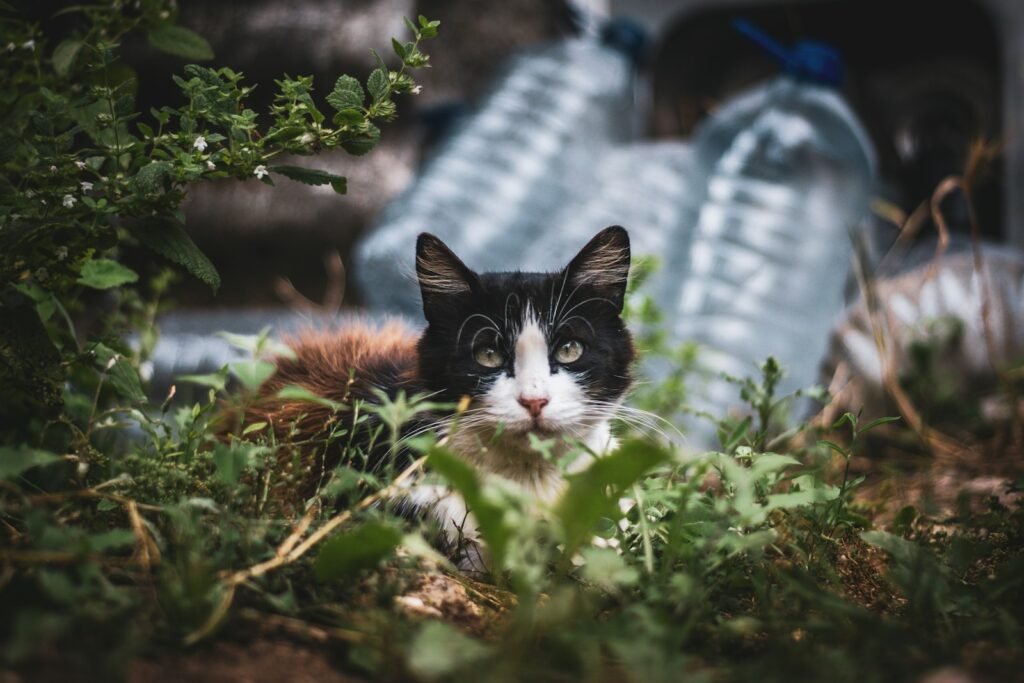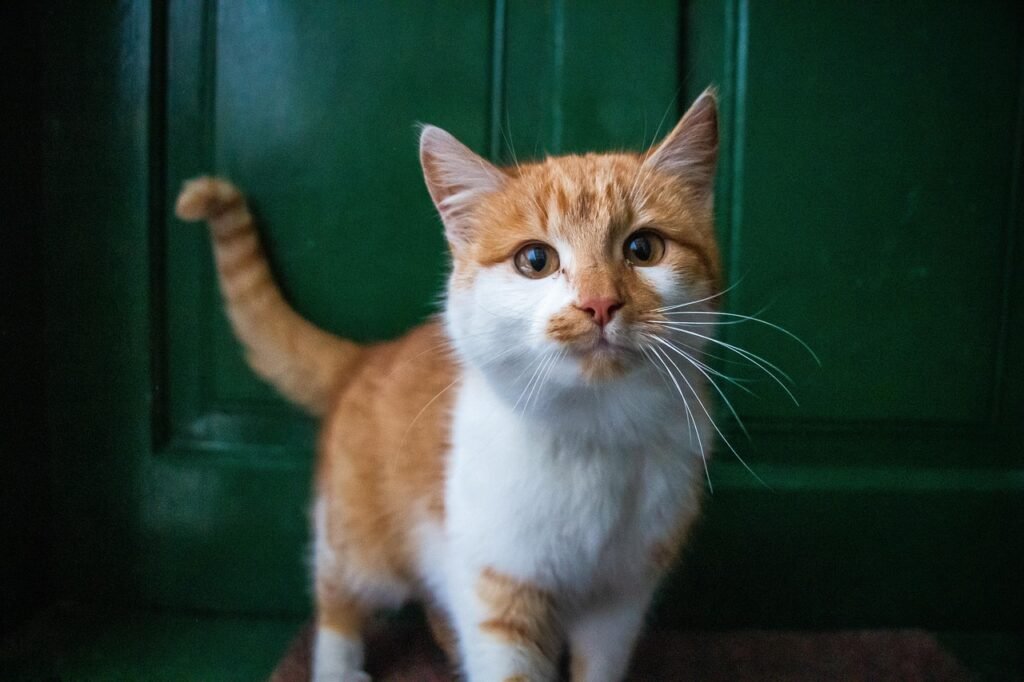The question of whether cats should be allowed in public parks sparks significant debate worldwide. On one hand, cat enthusiasts argue for the rights of their feline companions to enjoy the outdoors, while environmentalists raise concerns about the ecological impacts. In this article, we will explore the various dimensions of this debate, examining both the benefits and potential drawbacks of allowing cats in public parks.
Understanding Feline Behavior

To comprehend the potential impact of allowing cats in public parks, it is essential to understand their behavior. Cats are natural hunters, driven by instincts that can lead to chasing and catching wildlife. This behavior is not limited to domestic environments; it extends to outdoor settings where cats may encounter diverse species.
Potential Impact on Local Wildlife

One of the primary concerns about allowing cats in public parks is their impact on local wildlife. Studies have shown that domestic cats can significantly reduce bird and small mammal populations. These predation activities may disrupt local ecosystems, leading to imbalances that affect other species within the food chain.
Environmental and Ecological Considerations

Beyond the direct predation of wildlife, cats can influence ecosystems in subtler ways. For example, their presence can alter the behaviors of other animals, leading to shifts in species distribution and abundance. Additionally, cats can introduce diseases to wildlife populations, further complicating ecological dynamics.
The Role of Parks in Conservation

Public parks often play a crucial role in conservation efforts, serving as refuges for native species and promoting biodiversity. Allowing cats, known predators, can undermine these efforts by threatening species that parks aim to protect. Hence, park management policies often prioritize conserving wildlife over accommodating pets.
Benefits of Outdoor Exposure for Cats

Despite the ecological concerns, there are potential benefits to allowing cats in public parks. Outdoor exposure can provide cats with mental stimulation and physical exercise, which can improve their quality of life. Natural environments offer a variety of scents, sights, and opportunities for exploration that can contribute to a cat’s overall well-being.
Responsible Cat Ownership in Public Spaces

For those advocating for allowing cats in parks, responsible ownership is key. This may involve using leashes or cat harnesses to control where cats roam, ensuring they do not stray into sensitive areas. Additionally, owners could utilize designated cat-friendly zones within parks to minimize wildlife disturbances.
Legal and Policy Considerations

Legal frameworks concerning pets in public spaces vary significantly by region. Some areas strictly prohibit pets, including cats, while others allow them with certain restrictions. Reviewing local laws and park policies is essential for pet owners wishing to bring their cats to public parks and can help mediate potential conflicts with wildlife protection goals.
Alternative Solutions: Catios and Leash Training

For those concerned about their cats’ safety and the environment, alternatives are available. Catios — enclosed outdoor patios for cats — allow felines to enjoy fresh air and nature without threatening wildlife. Leash training cats, although requiring patience, is another method to let cats experience the outdoors safely and under control.
Public Education and Awareness

Educating the public about the effects of cats on local ecosystems is crucial in finding a balanced solution. Awareness campaigns can inform cat owners about responsible pet management while emphasizing the importance of protecting biodiversity. Dialogue between conservationists and pet owners can also lead to mutually beneficial outcomes.
Finding Common Ground: A Balanced Approach

Ultimately, the question of allowing cats in public parks requires a balanced approach that considers the needs of both pet owners and the environment. Through responsible pet management, legal regulations, and public education, it is possible to create policies that honor the enjoyment of outdoor spaces for all users, while protecting the ecological integrity of public parks.
Hi, I’m Bola, a passionate writer and creative strategist with a knack for crafting compelling content that educates, inspires, and connects. Over the years, I’ve honed my skills across various writing fields, including content creation, copywriting, online course development, and video scriptwriting.
When I’m not at my desk, you’ll find me exploring new ideas, reading books, or brainstorming creative ways to solve challenges. I believe that words have the power to transform, and I’m here to help you leverage that power for success.
Thanks for stopping by, Keep coming to this website to checkout new articles form me. You’d always love it!






